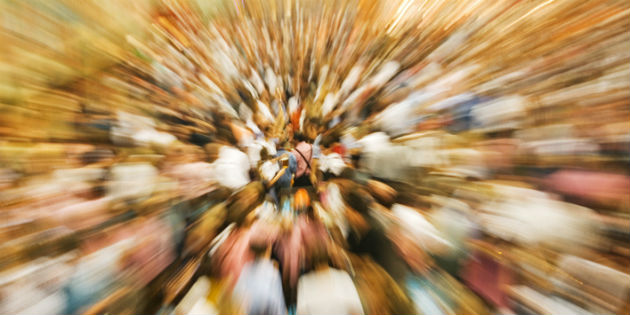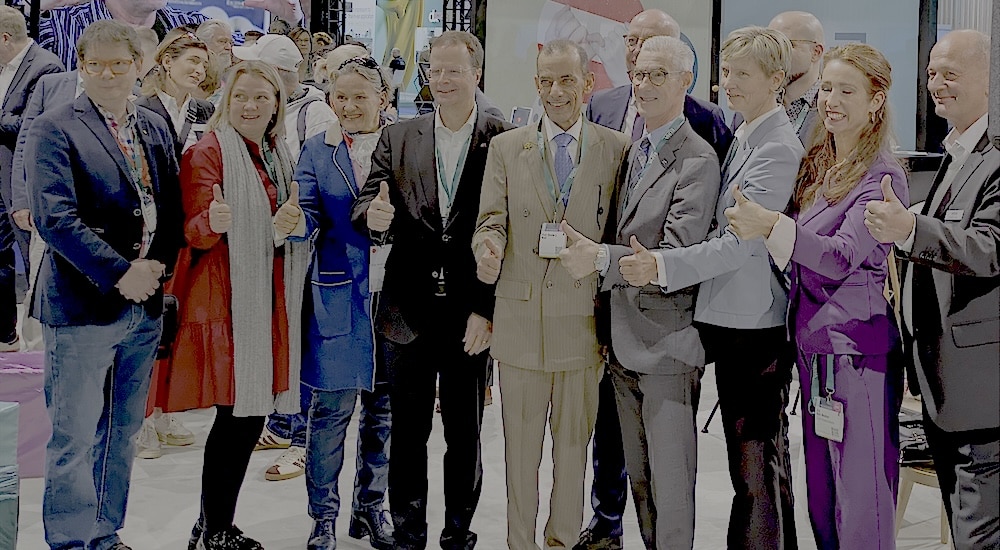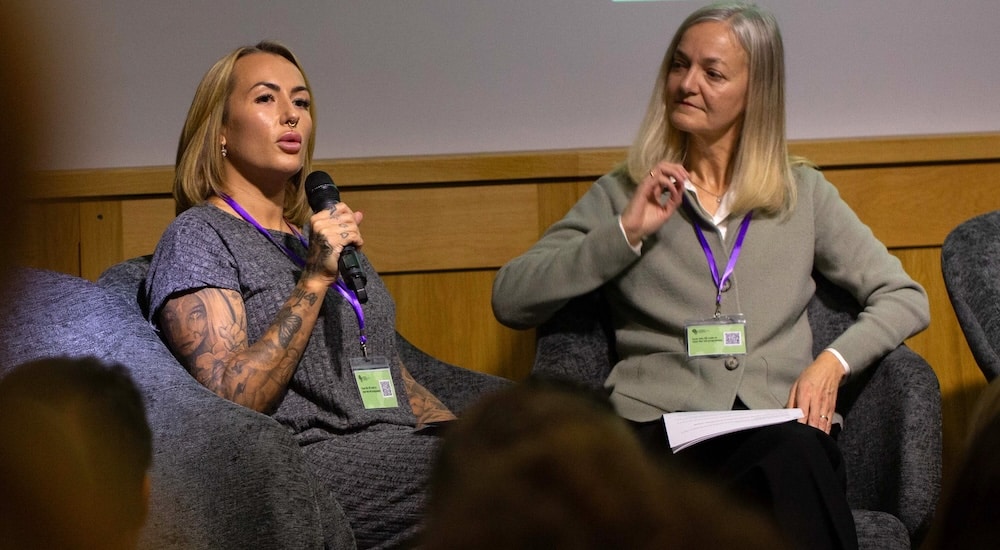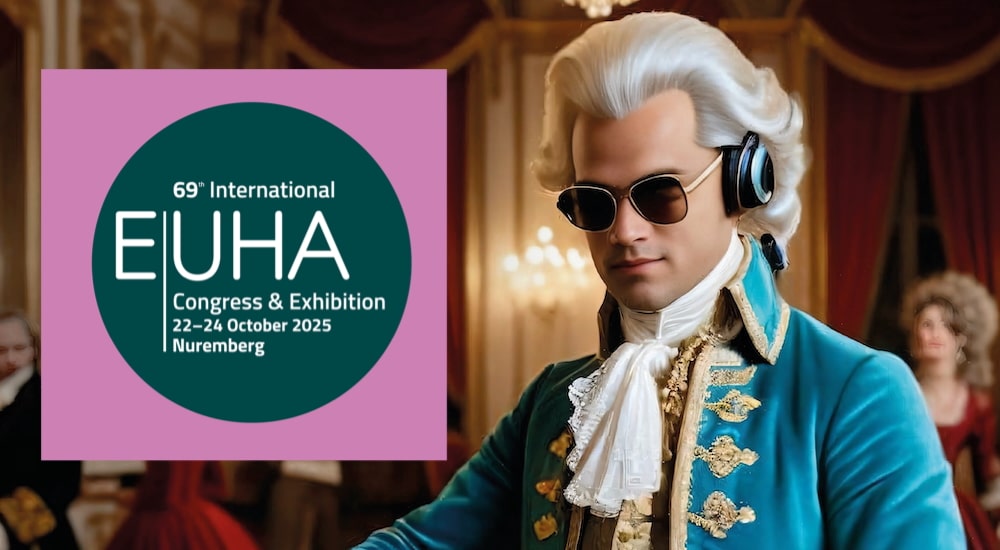Association between biovariability and hearing loss
Study
SIAM News, the news journal of the Society for Industrial and Applied Mathematics, recently reported on how biovariability among individuals can result in a wide range of injury probabilities on exposure to harmful noise.

This topic was the focus of a mini-symposium on the effects of biovariability on the observed risk of hearing loss. The session took place at the SIAM Annual Meeting held recently in Portland, Oregon (USA). Dr Hong Zhou of the Naval Postgraduate School in Monterey, California described how biovariability among individuals can result in different injury probabilities among people in a crowd.
Most previous studies looking at the topic of noise-induced trauma assumed that all subjects in the group studied would respond in the same way to sound impulses. Dr Zhou’s group took a different approach and factored in the effects of heterogeneity in the population.
The team worked from the hypothesis that physiological differences among people, and even within the same person over time, can cause variations in response. Like variability in inherited traits such as height and skin color, responses to stimuli may also differ greatly in a group of animal or human subjects.
To examine this more closely, the researchers carried out a study in chinchillas by placing small shock tubes at various distances to each chinchilla, covering a range of intensity levels. They then measured each animal’s injury status. The results showed that the injury risk of the group is significantly lower when compared to the risk predicted on the assumption that all individuals are statistically identical. Some test animals were biologically more or less susceptible to hearing loss injury than others.
Source: SIAM News.
 Sign in
Sign in

